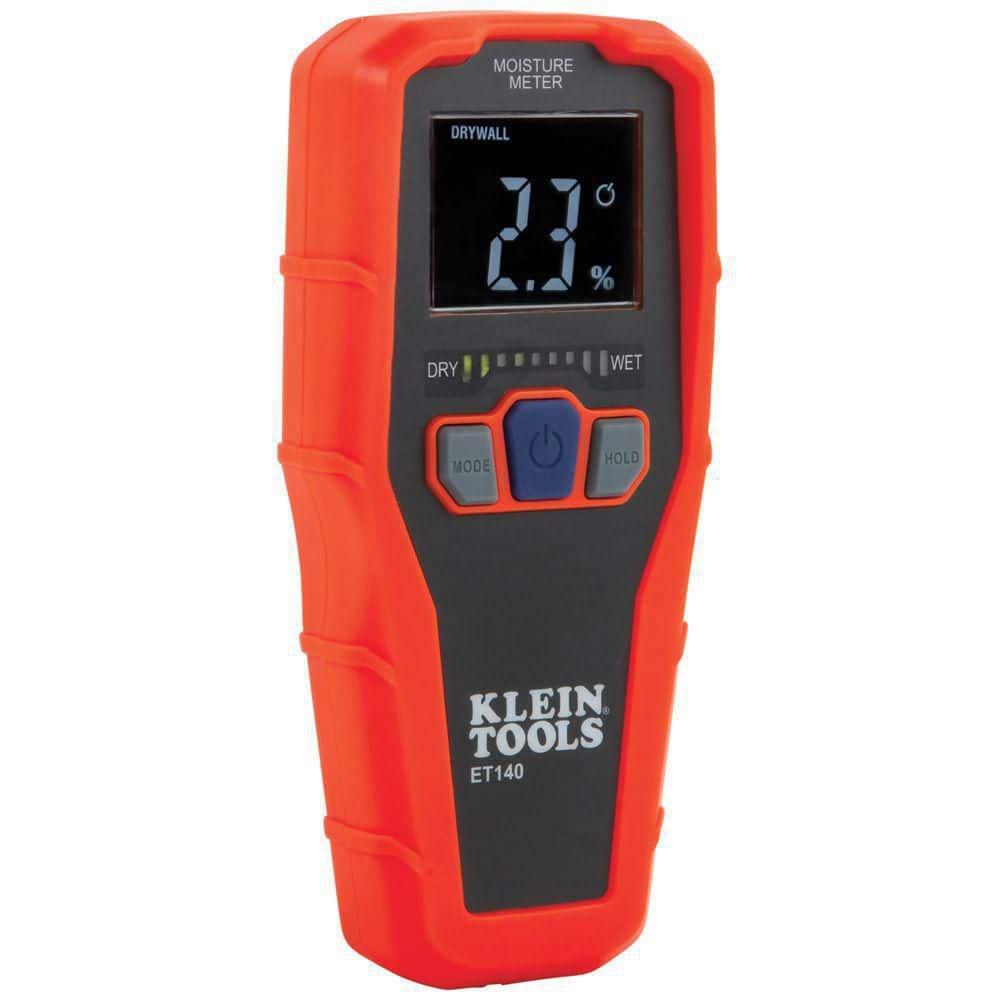Leading 10 Benefits of Using a Moisture Meter for Correct Measurements in your house
Leading 10 Benefits of Using a Moisture Meter for Correct Measurements in your house
Blog Article
Explore the Globe of Moisture Meters: Whatever You Need to Know
In the world of dampness meters lies a world of accuracy and usefulness that often goes unnoticed. Understanding how moisture meters run, the various kinds offered, and their diverse uses can lose light on their importance in making sure high quality and effectiveness.
Just How Moisture Meters Work
Moisture meters operate by gauging the electrical conductivity or capacitance of materials to determine the moisture material present. These meters are very useful devices throughout various markets, consisting of woodworking, farming, and building. By making use of various approaches such as pinless or pin-type modern technology, wetness meters give accurate readings that help professionals make notified choices.
Pin-type dampness meters function by placing the sharp pins right into the product being tested. The electrical conductivity between the pins is then gauged, with greater moisture degrees leading to increased conductivity. Moisture Meter. On the other hand, pinless moisture meters use electromagnetic signals to scan a bigger area without creating any kind of damage to the material's surface area. These meters are suitable for quickly examining moisture degrees in big locations or finished products.
No matter the approach used, dampness meters play a critical role in stopping concerns such as mold and mildew growth, architectural damages, or item flaws brought on by excess moisture. Recognizing just how these meters work is important for making sure the high quality and stability of materials in numerous applications.
Kinds Of Moisture Meters
Given the vital function moisture meters play in numerous markets, it is necessary to comprehend the various types readily available to specialists for properly assessing wetness levels - Moisture Meter. There are largely 2 main sorts of wetness meters: pin-type and pinless dampness meters

On the other hand, pinless dampness meters make use of electromagnetic sensing unit plates to check a larger location of the product without triggering any type of damages. This kind is ideal for promptly scanning large locations and is generally used for flooring, walls, and ceilings. Pinless meters are practical for taking analyses on finished surfaces without leaving any kind of noticeable marks.
Both types of moisture meters have their benefits and are selected based on the details needs of the task available. Understanding the differences between these types is vital for experts to make accurate moisture assessments.
Applications Across Industries
Building and construction experts rely on moisture meters to analyze the dampness degrees in building materials like drywall, concrete, and timber, which is important for preserving structural stability and preventing concerns like rot or mold and mildew. The floor covering market utilizes moisture meters to determine the blog moisture material in subfloors prior to installing numerous floor treatments, stopping pricey damages due to excess moisture. In the food industry, wetness meters are used to keep an eye on and regulate moisture degrees in products such as grains, nuts, and dried out fruits to preserve freshness and top quality.
Tips for Making Use Of Wetness Meters
Use the wetness meter's calibration setups to make sure accurate analyses when gauging the dampness content in different materials. Furthermore, make certain the meter is established to the correct wetness variety for the product you are gauging to acquire the most specific results.
When utilizing a pin-type dampness meter, put the pins to the appropriate deepness recommended for the product being examined. This guarantees that the wetness analyses are taken from the appropriate depth within the material, providing a much more precise depiction of its dampness web content. For pinless moisture meters, remember to keep correct call with the material's surface area to get dependable readings.
Frequently check and change the batteries in your dampness meter to avoid imprecise readings as a result of low power. Shop the meter in a dry and risk-free area when not being used to extend its lifespan and maintain its accuracy. By complying with these pointers, you can take full advantage of the performance of your dampness meter and get precise moisture web content measurements throughout different materials.
Maintenance and Calibration
To ensure the precision of dampness material dimensions, regular maintenance and calibration of the moisture meter are essential action in its proper performance. Maintenance includes maintaining the wetness meter free and clean from particles that might impact its analyses. It is essential to follow the manufacturer's guidelines for cleansing to avoid damages to the device. Additionally, normal calibration is needed to validate the precision of the readings. Calibration adjusts the moisture meter to make certain that it offers trustworthy and constant outcomes.
Calibration must be carried out regularly, specifically if the moisture meter is utilized regularly or in important applications where precise measurements are called for. By maintaining and calibrating the dampness meter on a regular basis, customers can rely on the accuracy of the moisture content measurements acquired.
Verdict

In final thought, wetness meters play a critical duty in numerous industries by accurately measuring the dampness material of Recommended Reading products. Comprehending exactly how these devices work, the different kinds available, and proper maintenance and calibration are necessary for acquiring reputable results. Whether in manufacturing, building, or farming, using wetness meters helps ensure quality assurance and effectiveness in procedures.

In verdict, wetness meters play an important function in different sectors by accurately determining the wetness web content of materials.
Report this page